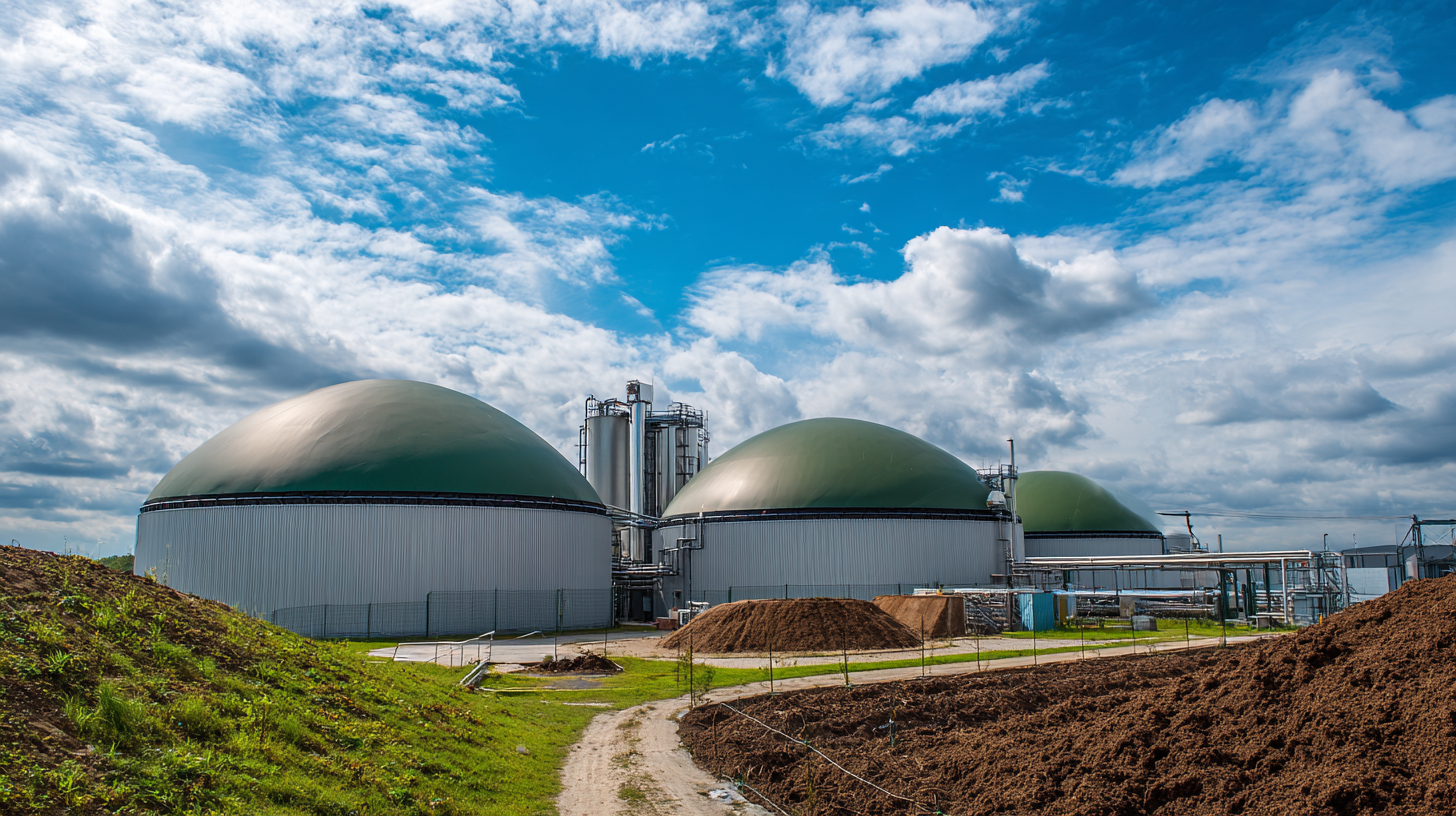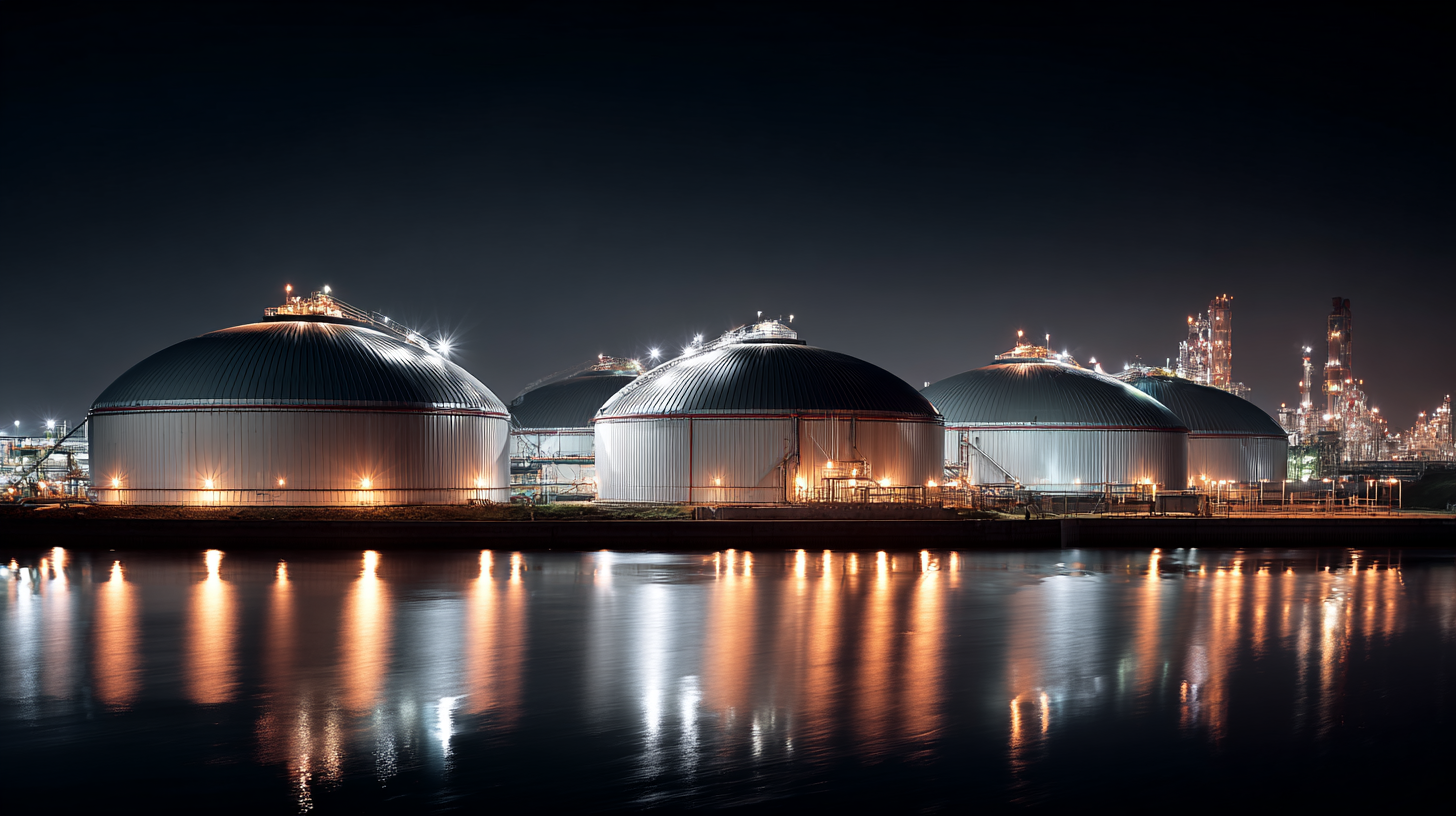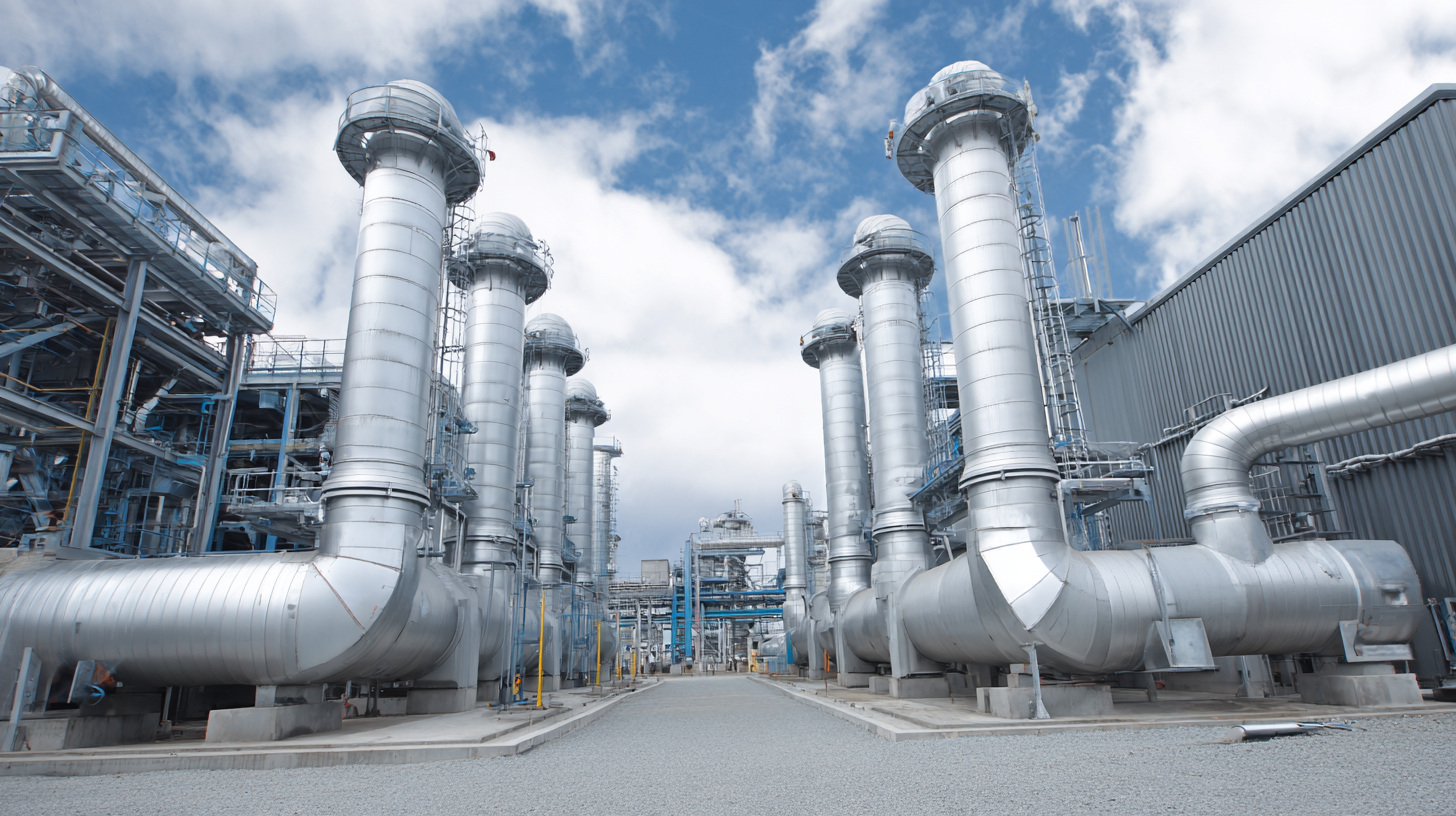Anaerobic Digestion (AD) has emerged as a powerful method for waste management and renewable energy generation across various industries. According to the Food and Agriculture Organization (FAO), an estimated 1.3 billion tons of food waste is generated globally each year, highlighting a pressing need for innovative solutions.
 AD not only helps in reducing this waste but also produces biogas, which can be converted into electricity and heat. The U.S. Department of Energy reported that the adoption of anaerobic digestion can reduce greenhouse gas emissions by upwards of 50%, marking it as a crucial technology in the fight against climate change. From agricultural operations harnessing manure to food processing facilities optimizing organic waste, success stories from diverse sectors illustrate the transformative potential of anaerobic digestion.
This blog will delve into these examples, showcasing how industries unlock the power of AD to benefit both the environment and their operational efficiencies.
AD not only helps in reducing this waste but also produces biogas, which can be converted into electricity and heat. The U.S. Department of Energy reported that the adoption of anaerobic digestion can reduce greenhouse gas emissions by upwards of 50%, marking it as a crucial technology in the fight against climate change. From agricultural operations harnessing manure to food processing facilities optimizing organic waste, success stories from diverse sectors illustrate the transformative potential of anaerobic digestion.
This blog will delve into these examples, showcasing how industries unlock the power of AD to benefit both the environment and their operational efficiencies.
Anaerobic digestion has emerged as a transformative technology in the agricultural sector, enabling farmers to convert organic waste into renewable energy. According to a report by the International Renewable Energy Agency (IRENA), the global potential for biogas production from agricultural residues is estimated to be over 2,000 terawatt-hours (TWh) per year, showcasing a vast resource that can significantly contribute to energy sustainability. Success stories abound across various regions where farms have successfully implemented anaerobic digesters to manage livestock manure, crop residues, and food waste, resulting in not only energy generation but also environmental benefits.
One prominent example is a dairy farm in California that installed an anaerobic digestion system capable of processing over 50,000 gallons of manure daily. This system not only produces biogas that powers the farm’s operations but also reduces greenhouse gas emissions by keeping methane from entering the atmosphere, with estimates suggesting a reduction of around 1,000 metric tons of CO2 equivalent per year. Such initiatives illustrate how agricultural anaerobic digestion not only aids in waste management but also serves as a promising model for energy independence and sustainability. As more farmers adopt this technology, the agricultural sector stands to benefit economically and environmentally.
 Anaerobic digestion has emerged as a transformative solution for food processing companies looking to enhance their sustainability practices while maximizing efficiency. According to a report by the Food and Agriculture Organization, approximately one-third of food produced globally is wasted, which underscores the importance of effective waste management strategies.
Innovative approaches in anaerobic digestion allow food processors to convert organic waste into biogas, yielding both renewable energy and nutrient-rich digestate for agricultural use. As highlighted in a recent study, companies leveraging advanced digestion technologies have reported up to a 90% reduction in landfill waste, showcasing the potential economic and environmental benefits of this method.
Anaerobic digestion has emerged as a transformative solution for food processing companies looking to enhance their sustainability practices while maximizing efficiency. According to a report by the Food and Agriculture Organization, approximately one-third of food produced globally is wasted, which underscores the importance of effective waste management strategies.
Innovative approaches in anaerobic digestion allow food processors to convert organic waste into biogas, yielding both renewable energy and nutrient-rich digestate for agricultural use. As highlighted in a recent study, companies leveraging advanced digestion technologies have reported up to a 90% reduction in landfill waste, showcasing the potential economic and environmental benefits of this method.
Furthermore, food processing companies are employing sophisticated monitoring systems and optimized feedstock management techniques to boost digestion efficiency. For instance, research from the National Renewable Energy Laboratory revealed that manipulating anaerobic microbes through tailored feed additives can increase biogas yield by as much as 25%. This data highlights a growing trend where firms not only focus on digestion's physical aspects but also invest in biotechnological advancements to enhance microbial activity, understanding that efficient digestion processes are crucial for achieving greater energy recovery and reducing operational costs in the long run.
Anaerobic digestion (AD) is increasingly recognized for its vital role in enhancing the sustainability and efficiency of wastewater treatment plants (WWTPs). Recent studies highlight the integration of municipal solid waste (MSW) treatment with wastewater management as a promising strategy to achieve energy self-sufficiency. A process design study conducted in Spain revealed that this integration can lead to significant energy gains while minimizing the environmental impact, promoting a circular bioeconomy. By leveraging technologies such as thermal hydrolysis and wet oxidation, WWTPs can maximize biogas recovery, which in turn contributes to energy independence and economic viability.

Further investigations in various global contexts, including Poland and Iran, emphasize the potential for minimizing greenhouse gas emissions through rational engineering designs in AD processes. For instance, the enhancement of energy efficiency in Polish WWTPs utilizing biogas demonstrates that sustainable practices can reduce overall energy consumption while ensuring nutrient removal. The theoretical models employed in these cases show promising outcomes, suggesting that optimized anaerobic digestion systems can transform wastewater management into a robust energy-producing sector, thus marking a significant shift toward sustainable waste-to-energy solutions.
As cities worldwide face mounting waste management challenges, anaerobic digestion (AD) has emerged as a promising solution, transforming organic waste into valuable resources. Municipalities are increasingly leading the charge in implementing AD systems, showcasing innovative approaches to sustainability. For instance, San Francisco has established a citywide composting program that effectively captures food waste, converting it into biogas and nutrient-rich fertilizers, thereby reducing landfill dependence and generating renewable energy.
Another inspiring example comes from the city of Toronto, which harnesses the power of AD in its wastewater treatment facilities. By integrating anaerobic digestion into its operations, Toronto not only reduces greenhouse gas emissions but also recycles excess biosolids into safe, usable products. This initiative illustrates the dual benefits of AD—contributing to improved waste management while also promoting sustainable urban practices. As more cities adopt similar strategies, the potential for widespread environmental and economic benefits continues to grow, demonstrating that municipal efforts can significantly impact the functioning of urban ecosystems.
Anaerobic digestion (AD) has emerged as a game-changer in promoting a circular economy, effectively transforming industrial byproducts into valuable resources. According to the U.S. Environmental Protection Agency, AD can convert up to 80% of organic waste into biogas, a renewable energy source that can supplement traditional fuels. This process not only helps in waste reduction but also enables industries to reclaim and repurpose materials, thereby minimizing their carbon footprint. For instance, a study from the European Biogas Association highlights that biogas production in Europe could reach up to 50 terawatt-hours annually, indicating a significant potential for energy recovery through anaerobic digestion.
Various sectors have implemented AD with remarkable success. In agriculture, byproducts such as manure and crop residues are being transformed into biogas and nutrient-rich digestate, which serves as an organic fertilizer. A report by the Global Methane Initiative estimates that optimizing the use of agricultural waste through AD could reduce methane emissions by 25% in the sector. Meanwhile, the food processing industry is also leveraging AD to manage waste streams effectively, with many companies reporting annual cost savings of over 30% through waste diversion and energy recovery. As industries continue to embrace anaerobic digestion, the path towards a more sustainable and circular economy becomes clearer, showcasing the vast potential of this innovative technology.
